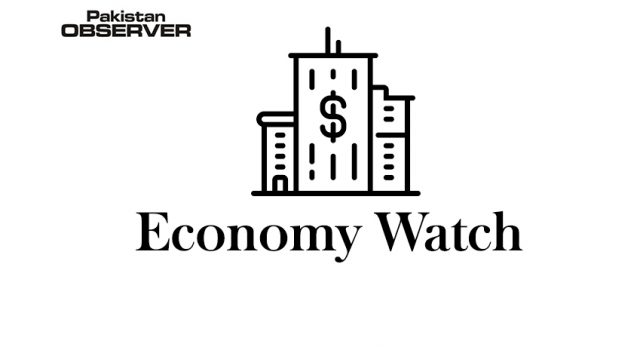Staff Reporter
Karachi
The Global Economic Themes report was jointly published by ACCA (the Association of Chartered Certified Accountants) and IMA® (Institute of Management Accountants). The report examines three of the longer-term structural issues that are affecting the global economy as well as the global economic impact of the US-China trade tensions. The three issues are: The Euro has survived its first two decades, despite several financial crises that threatened its very existence.
But it has not been a success – it has failed to deliver the real economic convergence among its members claimed for it at the outset. Indeed, the Euro’s “one size fits all” monetary policy has delivered economic divergence, not convergence. History suggests that monetary unions only survive in the long run if they become fiscal unions too. The next two decades of the Euro are likely to see further progress in this direction ultimately resulting in a eurozone Finance ministry with tax and spending powers. Limited progress so far has come following financial crises – a prime candidate for the next eurozone crisis is Italy, where public sector debt is very high and the banking system increasingly fragile.
Many analysts have predicted that this century will belong to China. Indeed, China has great advantages, including a modern infrastructure, a large domestic market that allows firms to exploit economies of scale and an advanced digital economy. But there are challenges that must be overcome if China is to succeed in propelling itself from a middle-income country to a high income one. High levels of debt, especially among State Owned Enterprises, are now limiting the ability of the authorities to stimulate growth through lower interest rates. In addition, the population of working age is now declining as the population as a whole ages.
This will both reduce the trend rate of GDP growth and increase the dependency ratio – fewer workers in relation to an increasing number of older people. The U.S. economy has now expanded continuously for over 10 years, the longest such period in over 150 years. But there are structural changes that represent challenges for policymakers. Perhaps the greatest concern arises from the level of public sector debt, which is on track to reach its highest level since 1946. More positively, the U.S. can operate at lower levels of unemployment without generating upward pressure on inflation.
Finally, the resurgence of the oil industry and the emergence of the U.S. as a net exporter of oil is a positive for the economy because it is not reliant on the Middle East for supplies. But again, it is one that requires an adjustment in policy responses and may introduce greater volatility to the economic cycle. Now a lot of investment and spending is tied into the oil market therefore this could increase volatility in the oil sector. Michael Taylor, Chief Economist at ACCA said: ‘The articles in the Global Economic Themes report look at economic issues that are likely to have an impact over the longer term.










